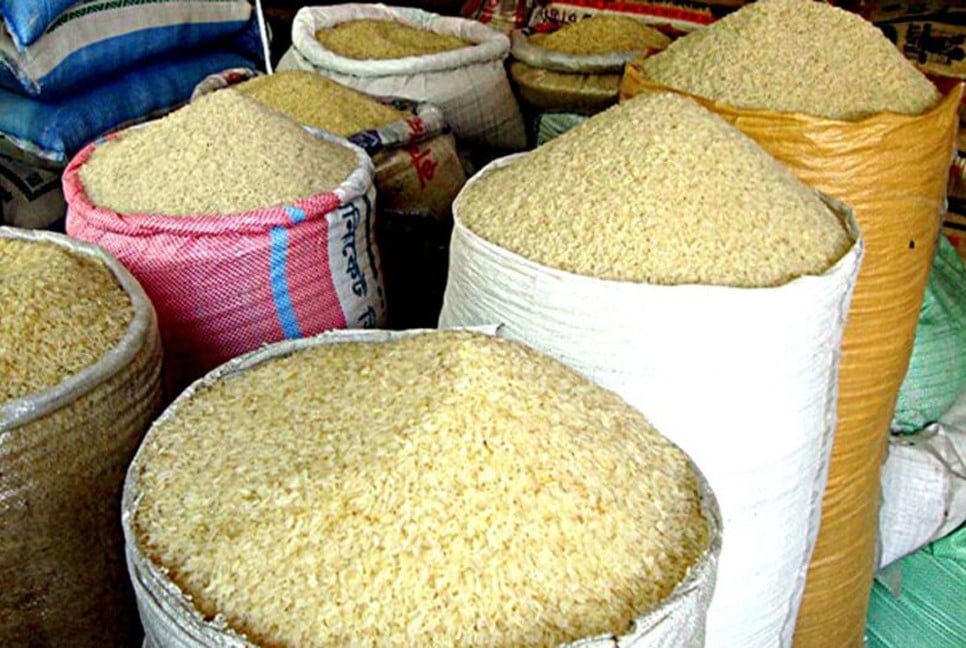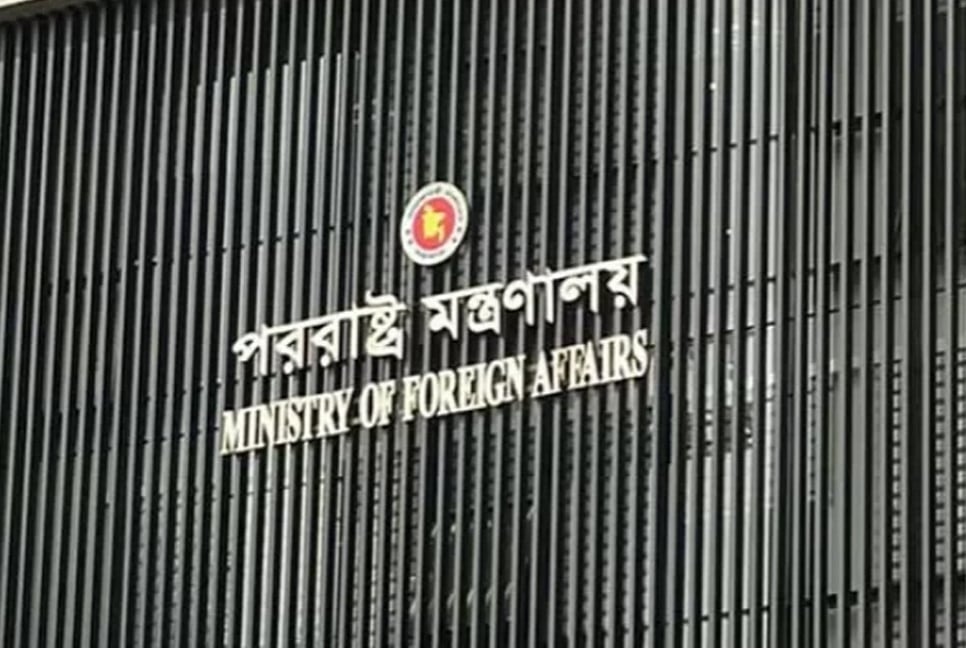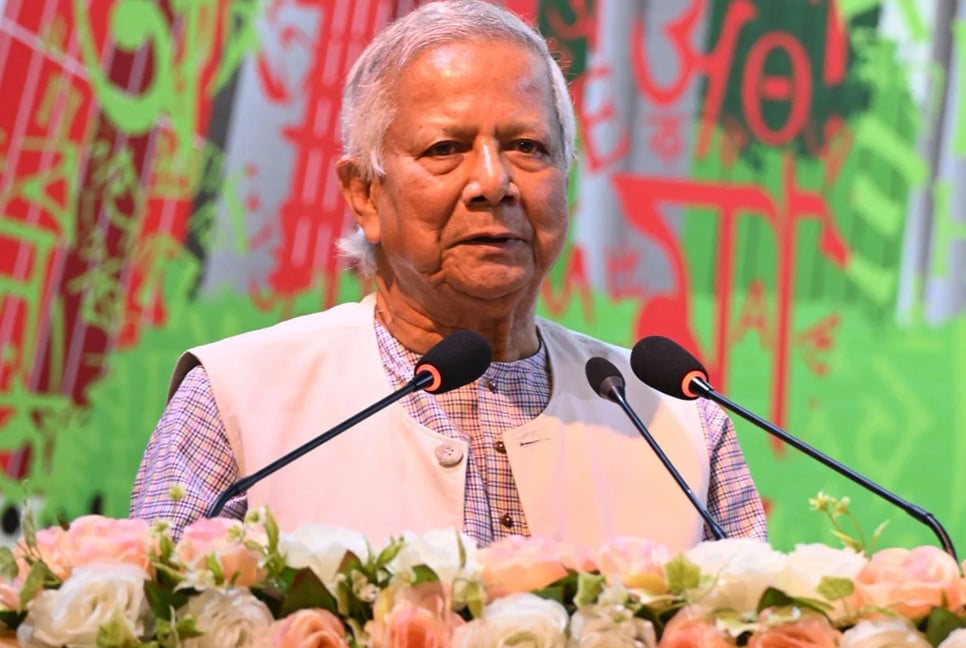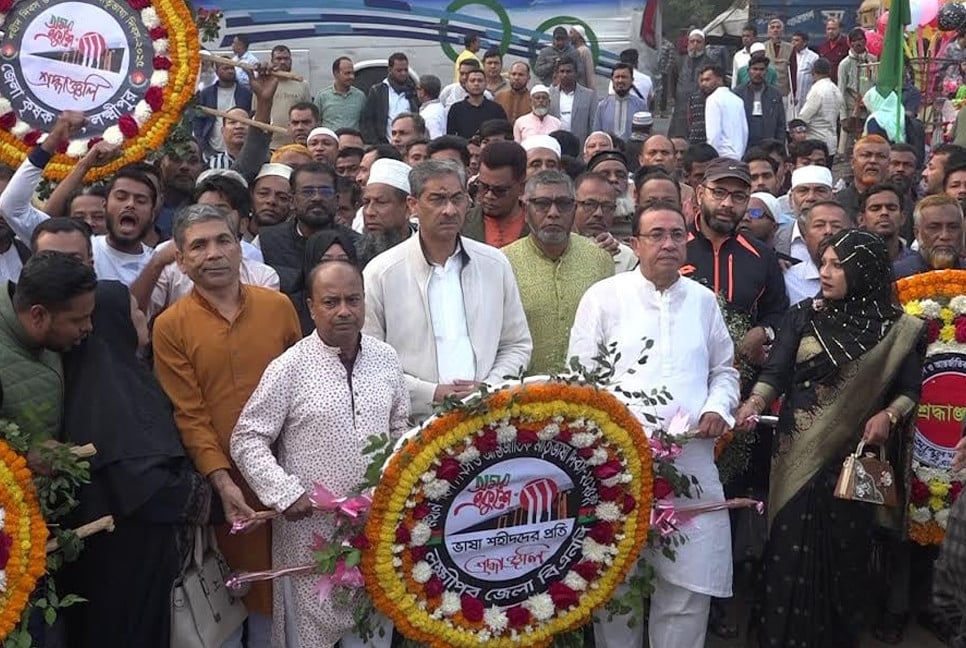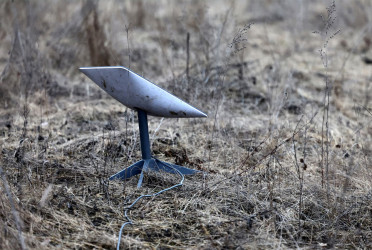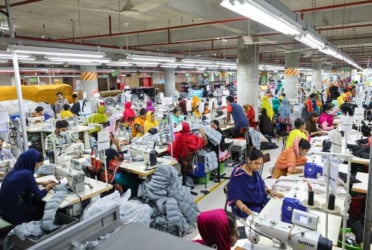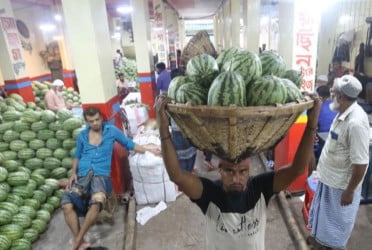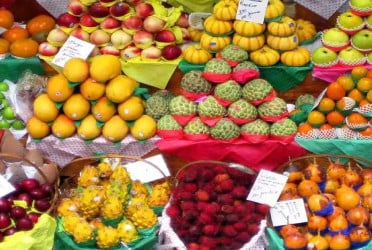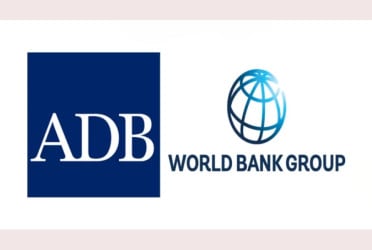The rice market in the country continues to face volatility, raising concerns over food security and price stability for millions.
Despite government efforts to stabilise the market, low import volumes and crop losses from adverse weather conditions have exacerbated the crisis, highlighting systemic issues in the country’s agricultural and market systems.
Erratic weather patterns, including five phases of flooding, Cyclone Remal, and prolonged rainfall, have severely impacted Aush and Aman paddy cultivation.
According to the Department of Agriculture Extension (DAE), Aush paddy production in FY25 fell short of the target by over 9.54 lakh tonnes, with Aman rice production missing the target by more than 9.977 lakh tonnes.
Damaged crops, reduced yields, and a lack of effective mitigation strategies have left the rice market vulnerable to price hikes.
To address the crisis, the government slashed import duties and authorised 277 private organisations to import 14.41 lakh tonnes of rice between 7 November and 17 November last year. However, as of 7 January 2025, only 1.41 lakh tonnes had been imported, significantly less than the permitted volume. Traders have cited higher international rice prices compared to local prices as a key reason for the low import volume.
Speaking to the the media, agro-economist Jahangir Alam Khan attributed the volatility to more than just weather and import issues. “A syndicate of millers, corporations, businessmen, and traders is also responsible for driving up rice prices,” he said. Hoarding and a low marketable surplus of rice further contribute to the abnormal price hike, he added.
Hoarding practices have become widespread as the price of paddy has surged this year. Large farmers, traders, millers, and corporate businessmen are stockpiling paddy, further straining market supply.
“The demand for rice does not drop even when prices rise, as it is a staple. However, the lack of supply creates a critical imbalance,” said Jahangir Alam Khan.
Md Saiful Islam, head of the Agricultural Economics Division at the Bangladesh Rice Research Institute (BRRI), pointed out another significant issue: inaccurate data collection.
“Our production data is often inflated, which leads to misinformed projections. For instance, crop losses are typically shown to be much lower than they actually are,” he explained.
This lack of accurate data hampers the government’s ability to plan and implement effective interventions, he concluded.
According to DAE, the production of Aush rice reached 28.820 lakh tonnes, following cultivation on 9.772 lakh hectares of land, while the target was of producing 38.37 lakh tonnes on 13.070 lakh hectares of land in the current fiscal.
The production of Aush paddy stood at 29.73 lakh tonnes from 10.348 lakh hectares of land in FY24.
Moreover, approximately 65,000 hectares of Aush crops were damaged during the season.
The DAE also reported that the Aman production reached 168.76 lakh tonnes after harvesting around 97 percent of crops, while the target was 178.743 lakh tonnes. Harvesting of 1.606 lakh hectares of land is yet to complete.
The production of Aman was 166.56 lakh tonnes in FY24.
Earlier, on Wednesday, Food Adviser Ali Imam Majumdar said 1.75 lakh tonnes of rice will be imported by the government from various countries in January.
He explained that the Aman crop in several regions was damaged in floods. To address the shortage, the government has taken steps to import rice. Import duties on rice have been waived, and traders are being encouraged to import more rice.
The adviser also said the district commissioners (DCs) and upazila nirbahi officers (UNOs) have been directed to enforce anti-hoarding laws. Officials of the Directorate General of Food are also working on this matter.
According to the data of BRRI, the total demand for rice is 373.22 lakh tones per year including human consumption, seed feed and others. The production of rice was 406.975 lakh tones in FY24, according to DAE.
Around 10% of the produced crops have been stored by millers, traders, businessmen and others.
Rice price hike over past 2 weeks
According to Md Polash of Matlab Traders in the capital’s Mirpur-13, the price of fine-quality Nazir rice increased to Tk2,050 per 25kg sack from Tk1,850 per sack over the last two weeks at the wholesale level.
“The price of fine-quality Miniket rose to Tk4,020 per 50kg sack from Tk3,650 in a week. BR-28 increased to Tk2,880 per 50kg sack from Tk2,840, and Shorna rose to Tk2,500 per 50kg sack from Tk2,450 within the same period,” he said.
According to the Trading Corporation of Bangladesh (TCB), prices of fine-quality rice increased by 4.05%, medium-quality rice by 2.46%, and coarse rice by 6.67% over the past month.
Over the last week, prices of fine-quality rice rose by 1.63%, while coarse rice saw an increase of 6.67%, according to the TCB.
Compared to a year ago, prices of fine-quality rice rose by 14.07%, medium-quality rice by 19.05%, and coarse rice by 14.29%, the TCB reported.
The government’s rice stock dropped to 8.71 lakh tonnes as of 8 January 2025, down from 7.47 lakh tonnes on 22 December 2024, nine lakh tonnes on 6 November, and approximately 14 lakh tonnes in August 2024, according to the Ministry of Food.
The stock of rice and paddy in the private sector, including millers, importers, wholesalers, and retailers, stood at 6.04 lakh tonnes of rice and 5.93 lakh tonnes of paddy as of 30 November 2024, the Ministry of Food said.
Courtesy: Daily Sun.

